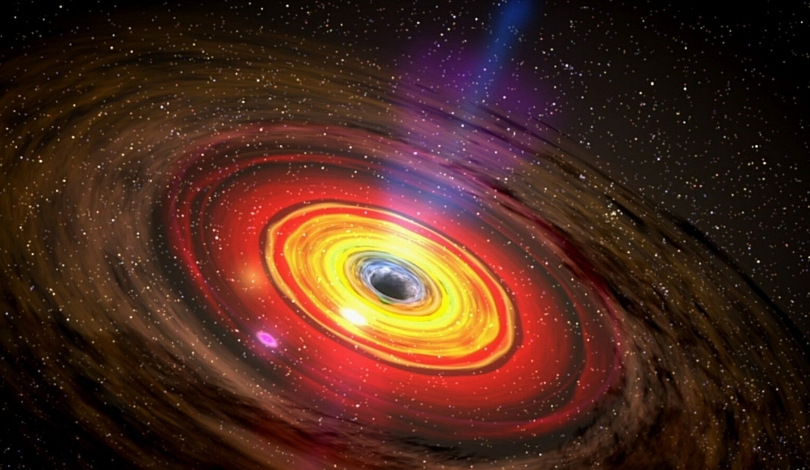Astronomers may be on the verge of solving a significant cosmic mystery with the possible discovery of an intermediate-mass black hole (IMBH) in the Omega Centauri globular cluster. This discovery could provide crucial insights into the evolution of black holes, which has long puzzled scientists. IMBHs, which are thought to be the “missing link” between stellar-mass and supermassive black holes, have eluded detection until now, making this finding particularly significant.
An International Effort
An international research team utilized the Hubble Space Telescope to scrutinize more than 500 images of seven fast-moving stars within Omega Centauri. The cluster, located over 17,000 light-years from Earth and approximately 11.5 billion years old, contains around 10 million stars. This extensive examination spanned roughly 20 years. Researchers believe a massive object, likely a black hole, is exerting a gravitational pull on these stars, preventing them from escaping the cluster.
“We discovered seven stars that should not be there,” said Maximilian Häberle, PhD student at the Max Planck Institute for Astronomy. “They are moving so fast that they should escape the cluster and never come back. The most likely explanation is that a very massive object is gravitationally pulling on these stars and keeping them close to the center. The only object that can be so massive is a black hole, with a mass at least 8200 times that of our Sun.”
Potential Implications
If this candidate black hole is confirmed, it could reside within the intermediate mass range, bridging the gap between known smaller black holes and the supermassive black holes found at the centers of galaxies. Such a discovery would support theories suggesting IMBHs play a crucial role in black hole evolution. Despite a 2008 study hinting at an IMBH in Omega Centauri, this new evidence is regarded as the most compelling yet.
“This discovery is the most direct evidence so far of an IMBH in Omega Centauri,” stated Dr. Nadine Neumayer from the Max Planck Institute for Astronomy. “This is exciting because there are only very few other black holes known with a similar mass. The black hole in Omega Centauri may be the best example of an IMBH in our cosmic neighborhood.”
This potential IMBH joins a series of possible discoveries dating back to 2004, none of which have been definitively confirmed. Should this candidate be validated, it would be the closest black hole to Earth, nearly 17,000 light-years away, compared to the supermassive black hole at the center of our galaxy, which is about 27,000 light-years distant.
Black holes, though known to be destructive, remain enigmatic due to their invisibility and indirect detectability. Understanding the behavior and evolution of black holes, particularly through the study of IMBHs, could reveal much about cosmic phenomena, including the generation of gravitational waves during black hole mergers.
Confirming the existence of an IMBH would mark a pivotal advancement in the understanding of black hole formation and evolution. As astronomers continue to investigate, each discovery brings humanity closer to decoding the complexities of the universe. This potential IMBH could significantly impact future research and theories in astrophysics.










